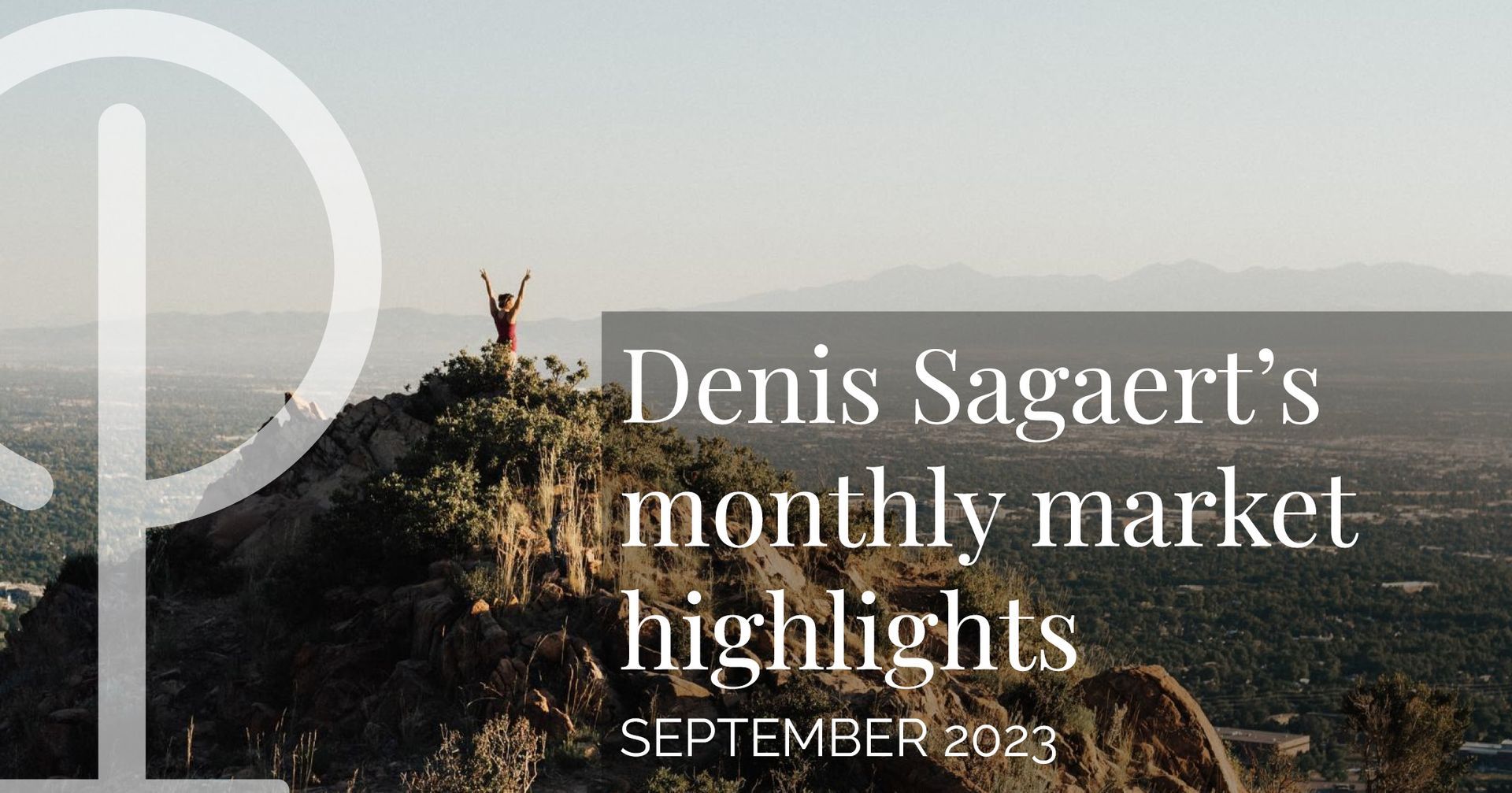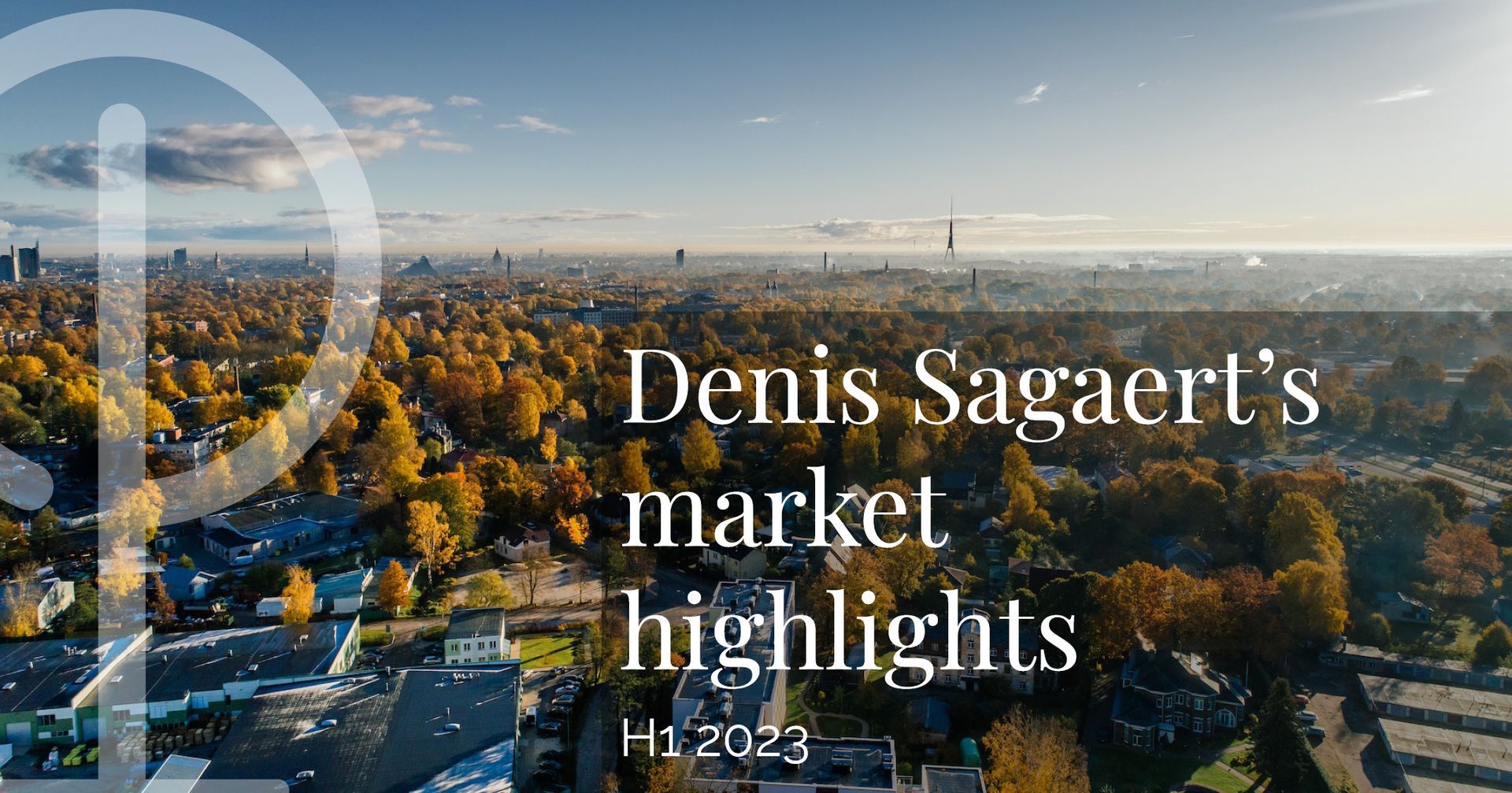Investir de manière socialement responsable… ou impactante ?
En collaboration avec Planet Business
L’investissement socialement responsable (ISR) se distingue de l’investissement à impact social. Jean Jacques Delori, Founder et CEO, et Denis Sagaert, CIO de Delcap, nous éclairent sur ces différences et le succès croissant qu’ils rencontrent.
Texte: Philippe Van Lil
Qu’est précisément un ISR ?
Denis Sagaert : « Au sens strict, l’ISR – aussi dénommé ‘investissement ESG’ – consiste à investir dans des entreprises qui ont reçu un bon score en matière de responsabilité sociétale. Ce score dépend grosso modo de trois facteurs : Environnemental, Social et de Gouvernance. Ce score est attribué à un grand nombre d’entreprises, tous secteurs confondus, en ce compris les banques, les compagnies d’assurances, les sociétés pétrolières, l’industrie minière et l’immobilier. »
Et un investissement à impact social ?
D. S. : « Ce type d’investissement – aussi appelé ‘Impact Investing’ – exclut de tels secteurs et est donc bien moins diversifié. Il consiste à investir uniquement dans des entreprises qui produisent des biens ou services ayant un impact positif sur l’environnement ou sur la santé, le bien-être et l’éducation des êtres humains. »
« Ceci comprend notamment les biens d’équipement permettant de réduire la consommation d’eau et d’électricité. On retrouve ici donc très peu de valeurs financières pures mais beaucoup de valeurs industrielles et du secteur de la santé. »
Jean-Jacques Delori : « Une société qui fabrique un produit perçu comme ‘impactful’ – par exemple des voitures électriques ou des turbines éoliennes – appartient d’office à un secteur de l’impact Investing. En revanche, elle n’a pas nécessairement un bon score ISR ou ESG. »
« L’inverse est tout aussi vrai : une entreprise ayant un bon score ISR ou ESG n’est pas forcément à Impact Investing. Une chaîne de fast food, par exemple, peut avoir un bon score ESG, du fait notamment d’une bonne politique de gestion des énergies et des déchets, mais – et c’est logique ! – elle ne fait pas partie d’un secteur à Impact Investing. Dans le cadre de nos activités de gestion, nous cherchons à offrir à nos clients des investissements à la fois ‘Impact’ et ISR. »
Quel succès rencontre ces investissements ?
D. S. : « Fondée en 2007, notre société de gestion de portefeuilles et de conseil en investissement offre à ses clients des portefeuilles qui contiennent des trackers ou des fonds indiciels ayant une stratégie ISR’. Les clients sont de plus en plus nombreux à nous demander ce type d’investissements. Les indices socialement responsables ont obtenu de bonnes performances, ce qui contribue aussi à la demande. À moyen terme, il nous semble toutefois que les différences de performance diminueront car à peu près toutes les entreprises finiront par agir de manière socialement plus responsable. »
La vitesse de changement est très impressionnante dans tous les secteurs ; l’ESG et ‘l’Impact’ sont devenus essentiels dans la gestion de portefeuille.
J.-J. D. : « Il y a trois ou quatre ans, cette tendance était beaucoup moins forte ou, en tout cas, pas une priorité. Aujourd’hui, ça l’est pour tout le monde. Celui qui gère un produit qu’il offre aux investisseurs avec une connotation ‘impact’ ou ESG doit pouvoir expliquer comment il le fait et pourquoi il le considère comme tel. »
D. S. : « Une régulation européenne entrée en vigueur en mars dernier – le Règlement SFDR – impose même désormais aux fournisseurs de produits de les placer dans l’une des trois catégories suivantes : celle où l’ISR est l’objectif principal, celle où il fait partie des objectifs et celle où elle ne fait partie d’aucun objectif. »
Les leviers législatifs favorisent-ils suffisamment le développement de ces investissements ?
J.-J. D. : « La tendance est clairement bonne. On le voit aussi au niveau des 17 objectifs de développement durable des Nations Unies qui visent un avenir meilleur et plus durable pour tous, tandis que le législateur et le régulateur européens imposent de multiples obligations aux gestionnaires en matière environnementale, sociétale et de gouvernance. »
La priorité d’un investisseur doit être d’atteindre les objectifs qu’il s’est fixés, les combiner aux critères socialement responsables est l’idéal à atteindre.
La priorité d’un investisseur doit être d’atteindre les objectifs qu’il s’est fixés,
les combiner aux critères socialement responsables est l’idéal à atteindre.
« La vitesse de changement est très impressionnante dans tous les secteurs ; l’ESG et ‘l’Impact’ sont devenus essentiels dans la gestion de portefeuille. »
Ces investissements doivent-ils devenir prioritaires pour tout investisseur ?
J.-J. D. : « La priorité d’un investisseur doit être avant tout d’atteindre les objectifs qu’il s’est fixés. Cela peut être par exemple de subvenir à sa future pension ou d’aider ses enfants. Combiner ses objectifs personnels en faisant plus attention aux critères socialement responsables est bien évidemment l’idéal à atteindre. Il ne faut toutefois pas compromettre ses objectifs initiaux en misant tout, par exemple, dans les énergies renouvelables. Si, pour une raison ou une autre, ce secteur ne performait pas, cela pourrait constituer une catastrophe personnelle. »
« Aujourd’hui, concilier objectifs financiers personnels et ISR est à la portée de tous. »
Author
redaction.be@mediaplanet.com
26/05/2021
More news














